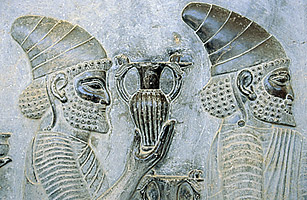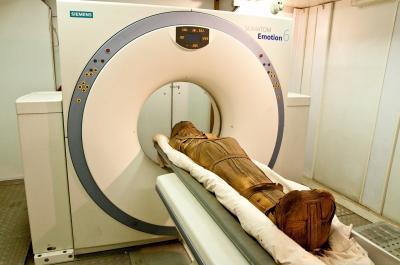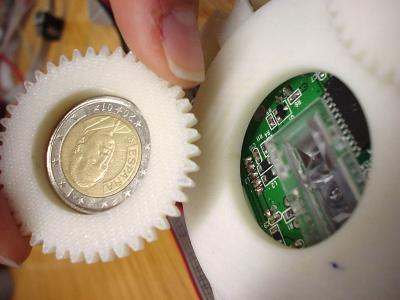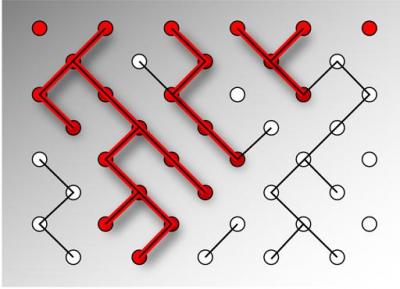
© CorbisAn ancient Persian stone relief in Persepolis, Iran
In 525 B.C., the Persian Emperor Cambyses dispatched 50,000 of his soldiers to lay waste to an oasis temple in the Sahara because its oracle had spoken ill of his plans for world domination.
The punitive expedition proved to be one of antiquity's most dramatic episodes of imperial overreach. One morning, while the army was having breakfast, writes the ancient historian Herodotus in
The Histories, it was set upon by "a violent southern wind, bringing with it piles of sand, which buried them." The Greek continues, "Thus it was that they utterly disappeared."
For centuries, this little anecdote - like many others in Herodotus's famous text - seemed to be a myth. The Histories is lined with rumors and fantastical hearsay of ants that dig for gold, rings that make their bearers invisible and winged serpents that patrol remote mountain passes.
But recent excavations in western Egypt by a team of Italian archaeologists may have unearthed traces of this long-lost army, entombed in the desert for some 2,500 years.



